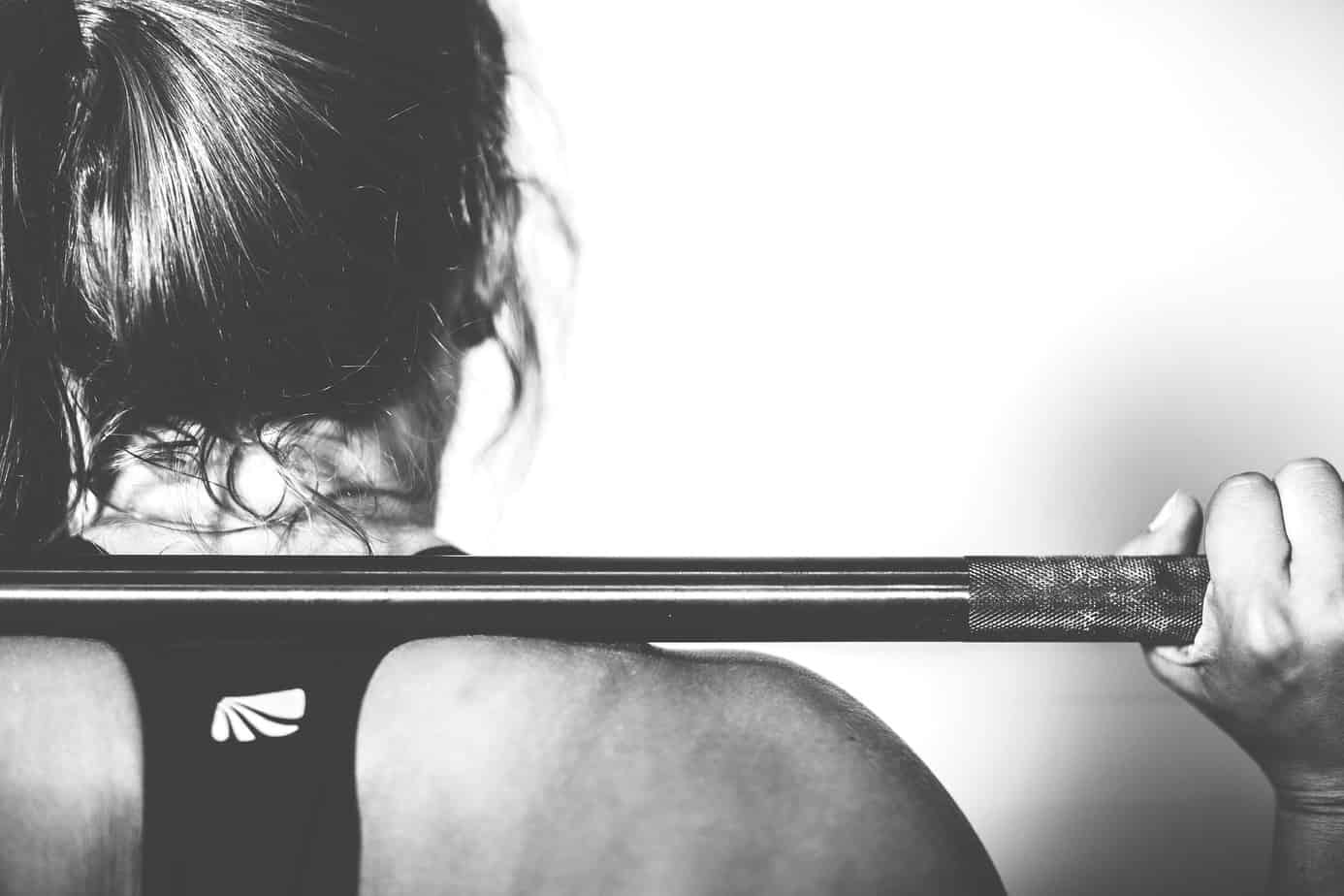Contents
- Background & Objective
- What They Did
- What They Found
- Practical Takeaways
- Reviewer’s Comments
- About the Reviewer
- Comments

Background & Objective
Injuries in sport have a huge impact on athletic performance. It is extremely important to know about previous injury history in rehabilitation because this can potentially increase the risk of re-injury. Questions arise as to whether current rehabilitation programs are sufficient and effective to safely return athletes to performance, in addition to whether there are deficiencies in the sports performance and return-to-play phase that could potentially subject athletes to future injury.
This article aims to provide guidance to rehabilitation practitioners and present the available literature pertaining to strength and power development, as well as, how these principles can be incorporated into a rehabilitation program and improve the return-to-sport (RTS) process.
What They Did
This article examined the available literature with regards to principles of strength training, as well as force and power development, and how these can be implemented in a rehabilitation program.
Practical applications were presented and further broke down deficits seen in athletes after injury, including strength, rate of force development, and reactive strength. Evidence-based strategies were outlined to address the aspects that can be used to enhance a rehabilitation program, as well as reduce the risk of recurrence of injury
What They Found
The key findings in this study were:
- Being able to maintain a high level of strength can reduce sports-related injuries by one-third and overuse injuries by almost half.
- Deficits in rate of force development (RFD) have been shown after injury, and the ability to apply high forces in short time frames is imperative to restore from a rehabilitation and performance standpoint when returning athletes to sport.
- In the rehabilitation setting, patients should be gradually progressed to heavier loads in a periodised manner.
- The goal of a rehabilitation program should be to continually challenge the athlete in order to evoke a positive training adaptation.
- Strong communication skills and cooperation with all sports medicine staff are essential to bridge the gap from rehabilitation to performance.
Practical Takeaways
- Strength, rate of force development, and reactive strength decrease following an injury, so it is imperative to address all aspects prior to returning an athlete to sport.
- Athletes who are stronger and faster have a lower injury risk than their weaker counterparts.
- Maximal strength training should involve a load (or intensity) of 80%-100% of 1RM utilising approximately 1-6 repetitions across 3-5 sets, with rest periods of 3-5 min and a frequency of 2-3 times per week.
- Medicine-ball throws, plyometrics, and Olympic weight lifting are all examples of exercise modes to increase RFD.
- Training exercises like drop jumps, depth jumps, rebound sprinting actions, and hurdle jumps can be utilised to target reactive strength.
Reviewer’s Comments
“This article shows us the importance of adopting S&C principles in the rehabilitation setting in order to successfully return athletes to sport, with a decreased risk of subsequent injury. Current research shows that 66% of sports-related injuries can be prevented by being strong. The high percentage of re-injury in many sports across various diagnoses, makes me question how effective our rehabilitation programs are and to what extent they are progressed prior to RTS.
As a strength coach and as a physical therapist, I make it a staple to always progress my athletes’ program across the entire continuum by varying sets, rep ranges, and increasing load over time to ensure they are truly adapting to allow them to be able to fully handle the demands that will be placed upon them during sport.”
Want to learn more?
Watch this video
Watch this video
Read this article
Read this infographic
The full study can be read here.


